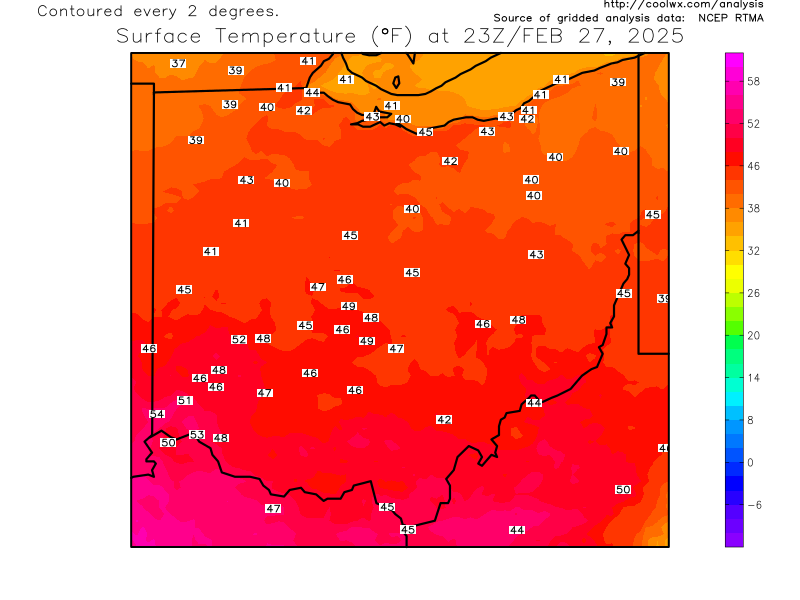Our WJW FOX8 Winter Outlook will air on Thursday, October 30th. Not
long after, comments and criticism will start pouring stating in part
that we should concentrate on getting the daily forecasts right rather
than trying to forecast the weather months out. This isn't new. It
happens after each seasonal outlook. Unfortunately, this common comparison is far from accurate and much more complicated than most of us realize.
Actual day to day weather forecasts are developed with analyzing current
conditions, radar, satellite and other parameters to make a forecast
for a short period of time in the future. 12 Hours, 24 hours, 36 hours,
48 hours. We utilize computer model projections as guidance. These projections are getting better as more data is utilized and assimilated into
faster and faster computers. Computer projections are great but they still have their limitations. This is why its important for the meteorologist to determine which projection or combination of projections are accurate. Forecast accuracy continues to climb over the years. The lead time before tornado events has increased significantly saving many lives over the last decade.
Seasonal long range outlooks (winter weather forecasts) are created
by looking at the ocean sea surface temperature patterns to include the north Pacific Ocean, the tropical Pacific Ocean (ENSO -
two types of El Nino, neutral or La Nina),
pressure patterns over
the Arctic and
North Atlantic,
solar cycles,
stratospheric wind behavior (QBO) and
other longer term variables. The elements just mentioned are matched up with other years
of occurrence. A best possible seasonal fit is created by "weighing" certain variables higher than others. Sometimes this works out
well. Sometimes it doesn’t. I've learned a great deal about these variables and how they effect the overall pattern. I'll be the first to admit that I'm not the best. Other meteorologists with
far more experience are excellent at determining, weighing and piecing together the years that best fit. Their livelihood depends on it.
To reiterate, the Analog Method is a trend outlook and not for a specific forecast for a specific day. Individual storms cannot be seen
this far out. Forecasts for specific days? Forget it. There is too much
randomness in the atmosphere that's way beyond our abilities to model accurately. However, by
looking at parameters that existed in the past during other storm
events, we can say that the chance of a big east coast snow storm is
greater or less than in years past.
For most people, all of these forecasts and trend outlooks are lumped into one
group even though each are derived using entirely different information.
I get it. Its human nature to generalize and simplify complicated
subjects like the science of weather prediction. We
formulate concrete, black and white, overly scaled down versions of the
weather. Whether its a long range winter outlook, a climate average
for a wedding day, the thunderstorm chances for later this afternoon,
lake effect snowfall amounts or a hurricane forecast track, its all the
same weather animal to most. We subconsciously eliminate the nebulous science,
weird looking equations and fancy internet computer animations in favor
of a narrative that tells a better story. In short, The Old Farmers’
Almanac fits with how our brains are wired. Its simple. Its folksy with
just enough science to make it credible. Why do we continue believing
the Old Farmers’ Almanac? The simple answer is it makes us feel good!
While I love the Old Farmers Almanac for its articles, I'd trust an
actual Meteorologist's forecast first. I wouldn't dismiss
the
scientific explanation, ignore the random changes and replace them with
the Old Farmers Almanac
figuring that its more accurate. The results are usually disappointing.
So remember that Winter Weather Outlooks are by their very nature formulated
differently than day-to-day forecasts. Let's sit back and see if this
winter will behave like we think it will.
.jpg)






















